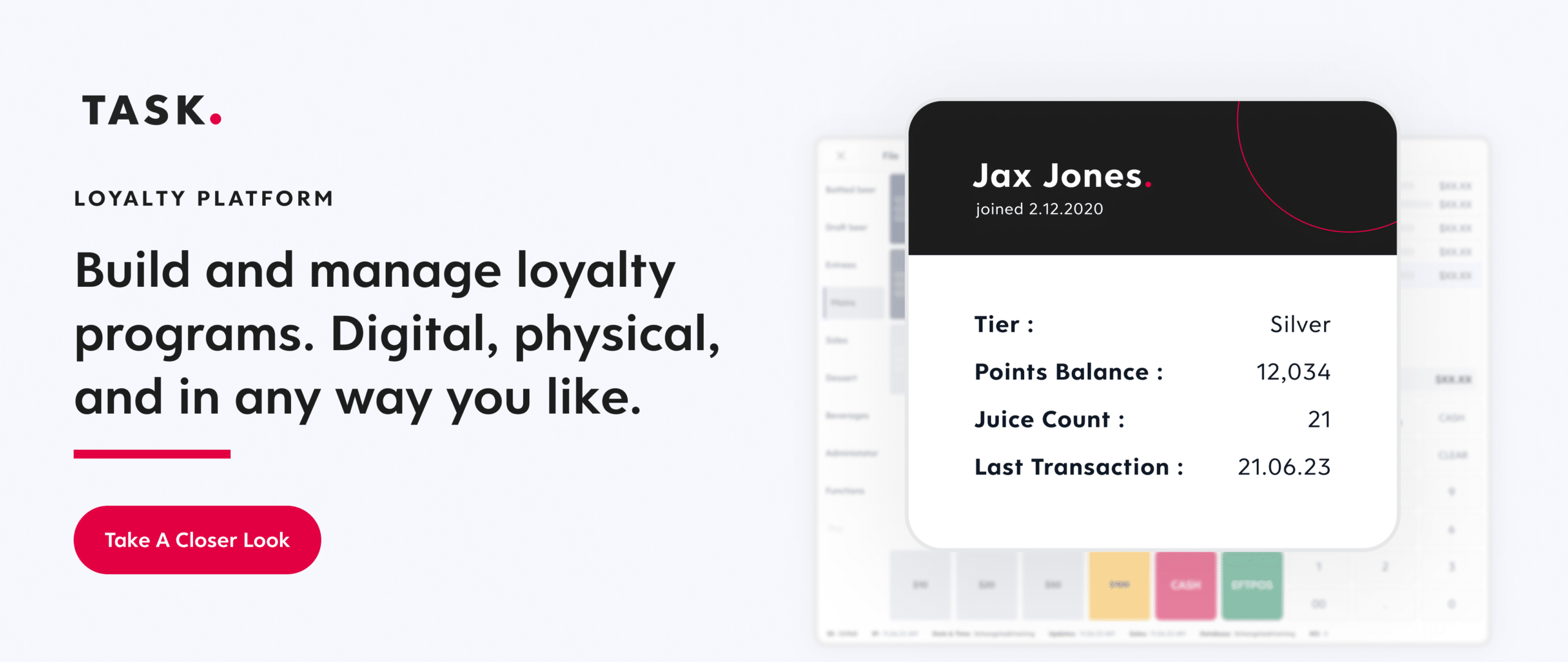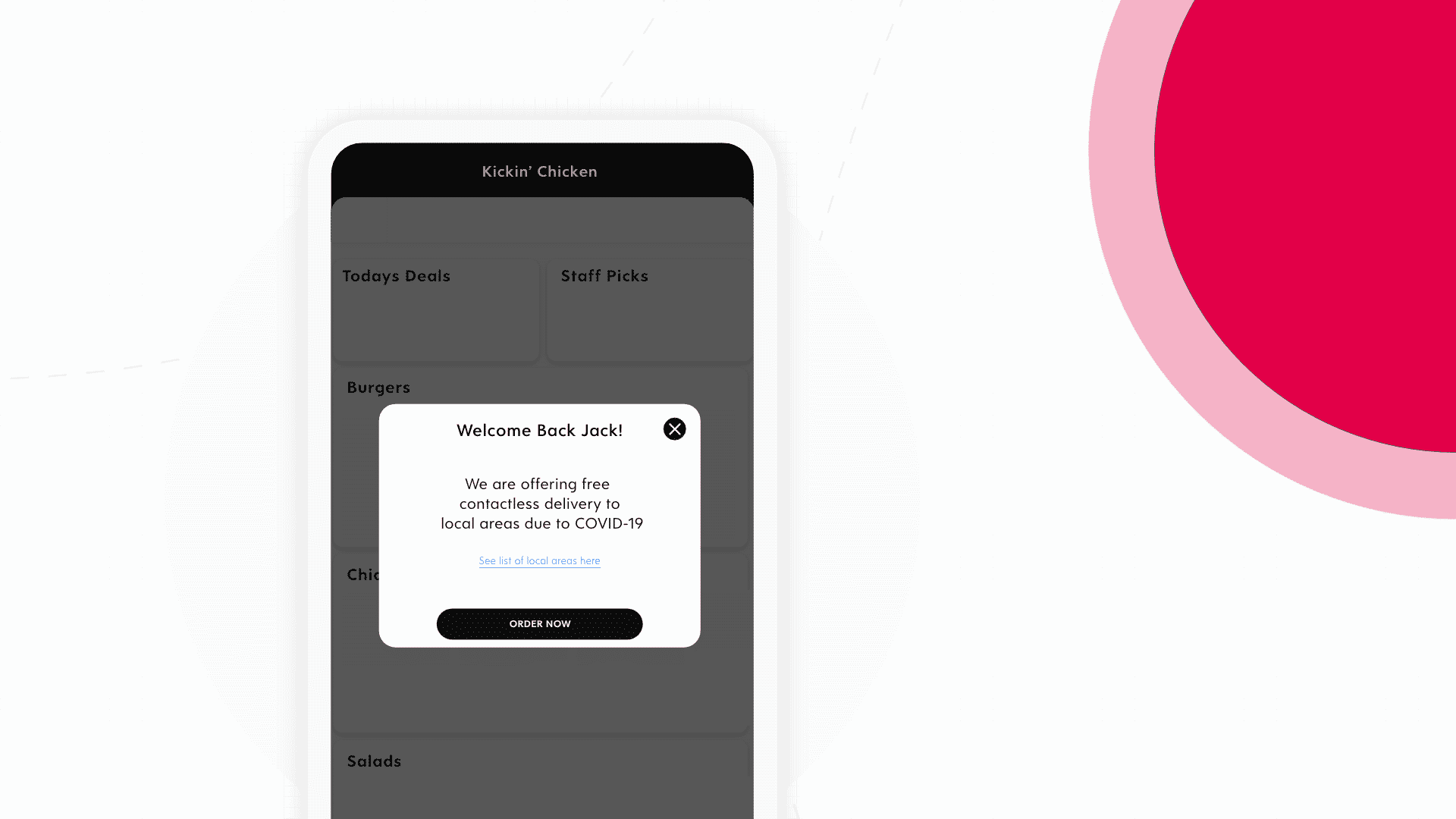The trust that undergirds consumer loyalty — no matter your industry — is based on a degree of certainty. Certainty that your product will work or taste the same way that it did last time and the last dozen times. Certainty that your customer will experience the same warm welcome and attentive service on this visit as on every visit. Certainty that your product will be sitting there on the shelf when the customer is ready to purchase it.
But what happens to customer loyalty in uncertain times, when none of those things can be guaranteed?
In the early days of the COVID-19 pandemic, government-mandated shutdowns of stores and restaurants and interruptions to supply chains threw all of that certainty into question. And yet, brands stepped up to maintain and even grow customer loyalty amid major worldwide disruptions to consumers’ way of life.
In April 2020 — about a month after social distancing measures were widely implemented in the U.S. — Plexure convened a panel of industry experts to share insights into what brands were doing to build customer loyalty in uncertain conditions:
- Kim Bartley, Senior Advisor & Former CMO at White Castle
- Shane Wheatland Salas, Head of U.S. Marketing at Keurig Dr. Pepper
- Chris Dieringer, Senior Director of Industry Solutions at Microsoft (at the time of recording)
- Yvette Davis, Associate Director of Brand Marketing at Sam’s Club
- Michael Cheney, Partnerships Director at Rakuten Ready (at the time of recording)
- Rishi Shah, CEO & Co-Founder of Digioh
Keep reading to learn more about how the lessons from the early COVID-19 pandemic can be applied to future seasons of uncertainty, including:
- Why brands should take the time to determine the best messaging for customers and how to focus on the value that customers are looking for
- Why transparency is the key to earning customer trust amid unpredictable changes
- How to take a creative approach to humanizing your brand, and why it’s important to share those stories with customers
- Why times of uncertainty may be the ideal moment to embrace new technologies
Inspire loyalty: dial in on the right messaging to consumers
When uncertainty arrives on your doorstep, it’s an invitation to assess your communications strategies and rethink what customers need to hear from you.
“The biggest challenge we had was to evaluate what was the best way and what the best message was,” Kim said. “We were getting ready to launch a brand new campaign, which we put on hold as a result of the messaging needing to shift.”
Instead, the team at White Castle turned to the product-focused messaging, and they found an opportunity in an industry-wide initiative called #TakeOutTuesday to promote drive-through and carryout in regions where indoor dining had been shuttered.
Likewise, Sam’s Club canceled deal-focused marketing campaigns, understanding that driving a large volume of people into stores was not in the best interest of public health.
“We want to ensure that we’re not trying to drive this mass hysteria to the club and then are not able to manage the six-feet apart rule,” Yvette said. “We’re thinking through every aspect of our business to decide what is best for the member, as well as what is best for our front-line associates.”
Dialing in the right message is only one piece of the puzzle, of course. Brands also have to get that message in front of consumers who have a lot of questions about what’s happening and how it will affect them.
“I wish I’d had that in place already,” she said, “because I believe that kind of program gives you the opportunity to speak more directly to customers and also have a higher appeal to them in terms of, What do I do next?”
Why Your QSR Needs a Loyalty Program
Building customer loyalty is the single most important aspect of retaining business and boosting profits in the long run.
Provide value to your customers — and recognize that value comes in many forms
One aspect of customer communications that can feel tricky — maybe even hazardous — in times of uncertainty is choosing whether or how much to use your messaging channels to sell. You don’t want your brand to be seen to be capitalizing on a crisis, but ignoring the fact that you are a brand with a product to sell helps neither you nor your customer.
This very issue was a significant point of discussion for Sam’s Cub.
“For us, it’s really trying to figure out when is the appropriate time to talk about something that’s still relevant,” Yvette said. “A lot of people may want to go outside right now. So is it appropriate to talk about the great offering of patio sets we have in our clubs, or is it not OK?”
“The more genuine a brand message can be to their guests, to their consumers, the better,” Shane said in response. “If that message has to be around value because they’re looking for it, or furniture or remodeling or refreshment or whatever it is, we shouldn’t be apologetic about delivering that value to them. But I think it comes with empathy, of course.”
Rishi gave examples of brands that work with his company, email-capture platform Digioh, to provide value to customers:
- Coffee roasters eliminated their free shipping threshold
- Wedding websites extended their return window to accommodate customers who didn’t want to go into stores
- News sites offered regular delivery of COVID-related updates at a time when the situation was rapidly changing
- Ecommerce sites created out-of-stock notifications to quickly alert customers when their favorite items were available for purchase
“We’ve been seeing a massive surge in people kind of changing their value proposition,” Rishi said. “It’s been really interesting to see how they’re combating this.”
Relevance lies at the heart of building customer loyalty, and times of uncertainty open the door for brands to offer deeply personalized experiences that respond to consumer needs.
Be transparent when reality doesn’t match expectation
Brands have a great opportunity to build strong relationships with customers through direct, personalized communications. But the elasticity in those relationships — crucial for enduring during times of uncertainty — is generated by allowing your brand to be vulnerable.
Use your communications to show that while the situation may be imperfect, your brand is still hard at work to maintain the standards and values that customers expect.
Yvette compared the early-pandemic product shortages to some of the challenges that Sam’s Club has faced around its popular One-Day Sale events, where transparency has been the key to maintaining customer loyalty at times when demand outstrips available inventory.
“Every day is almost like a One Day event for us,” she said. “We’re having to be transparent via mobile or online pages and through email and social media to communicate with our members: We’re short here. The trucks are coming. We’re working on it.”
She said some of the club managers have such great relationships with the local community that their transparency even comes up in customer feedback.
“We say stories from some of our members saying, Oh, we appreciate Mike for letting us know that the truck comes in around noon,” Yvette said.
Transparency builds trust and intimacy with customers, and brands that are open about the reality of what’s happening in uncertain times will ultimately forge stronger customer relationships than those that try to micromanage an unmanageable situation.
How to Create a Loyalty Marketing Program That Works
An effective loyalty marketing program can minimize customer churn, increase your revenue, attract new customers and engage existing customers.
Look for creative ways to share the human aspect of your brand
At the outset of the COVID-19 pandemic, many brands naturally focused on what they needed to do to keep employees safe — creating work from home policies, understanding how to keep workers in manufacturing facilities six feet apart, or adopting contactless pickup options to protect both customers and employees. Many brands also shared these stories on communications channels, which invited customers to connect with a human element in the brand story.
Brands such as Keurig Dr. Pepper also stepped up to support healthcare workers by providing coffee brewing stations to 75 different pop-up hospitals across the U.S. as part of a core strategy to provide for the community.
“We thought it might just be a small gesture to help with the frontline medical staff,” Shane said. “And it’s amazing when you’re putting coffee in their hands and donating brewers and thousands of pods and K-cups. It makes a difference.”
At the same time, companies like Airbnb and local hotels were opening their doors to hospital workers at rock bottom rates — creating a win-win scenario in which the hotel could maintain their staff while also providing needed lodging for healthcare workers to rest and even self-isolate if needed.
Microsoft helped enable some of this cross-industry collaboration, helping companies share staffing resources.
“An example we have in the U.K. is Tesco and McDonald’s,” Chris said. “We’re connecting Tesco (a large grocery chain), who has an increase in capacity directly with McDonald’s to share furloughed employees so that they’re able to maintain them”
Chris also saw food distributor Sysco team up with PepsiCo and 7-Eleven stores to share both product and trucking capacity, providing new revenue streams for all players.
Not only do these creative moves help keep the business moving through major shifts in the marketplace, sharing these stories can engender loyalty with customers who see a brand thinking outside of the box to solve problems cooperatively.
Embrace the gifts of technology, even in times of change
The technology of mobile commerce allows brands to provide great, loyalty-building customer experiences — even if there’s a bit of a learning curve for customers adopting new shopping habits.
At Sam’s Club, the desire to limit in-person interactions led the brand to drive more shoppers to purchase online.
“This has allowed members who historically had some hesitation in shopping online, now they’re more comfortable,” Yvette said, adding that most of the technology it was pushing initially — such as curbside pickup or scan-and-go checkout — was in place before the pandemic, but customers either weren’t aware or didn’t feel the need to use it.
“Technology has really been the backbone to helping us get through this,” Yvette said.
Before the pandemic, Michael’s company, Rakuten Ready, had plenty of customers who were just dipping their toes in the water of technologies such as mobile ordering and curbside pickup, but most folks weren’t dedicating enough resources to it because it wasn’t necessary for their business.
But once shutdowns mandated that most commerce move online, there was a mad rush to implement new mobile platforms or to find new efficiencies in existing programs.
Two years later, Michael’s comments on this shift are particularly prescient.
“When this is all over,” he said, “I think what’s going to happen is … people are going to really start to realize the benefits of [mobile commerce]. And a lot of people who never tried it are going to try it and like it. Or for people that tried it, liked it and did it every once in a while, it’s going to become how they do it all the time.”
Key Takeaways
To build customer loyalty amid uncertain conditions:
- Take a step back to determine the right messaging for your audience — whether you focus on human stories, sales or new value propositions.
- Be honest and transparent about changes to the customer experience.
- Tell the story of your brand’s creative solutions to new challenges.
- Look for opportunities to use technology to create great customer experiences.
Loyalty is the outcome of all of these efforts, and relevance and personalization remain key tenets of building trust with customers. Prepare your brand for future uncertainties by building those relationships starting now.

